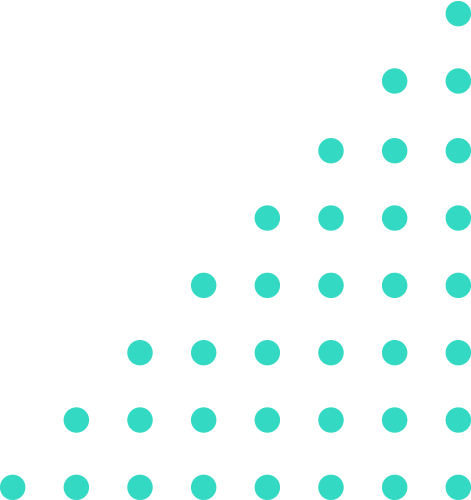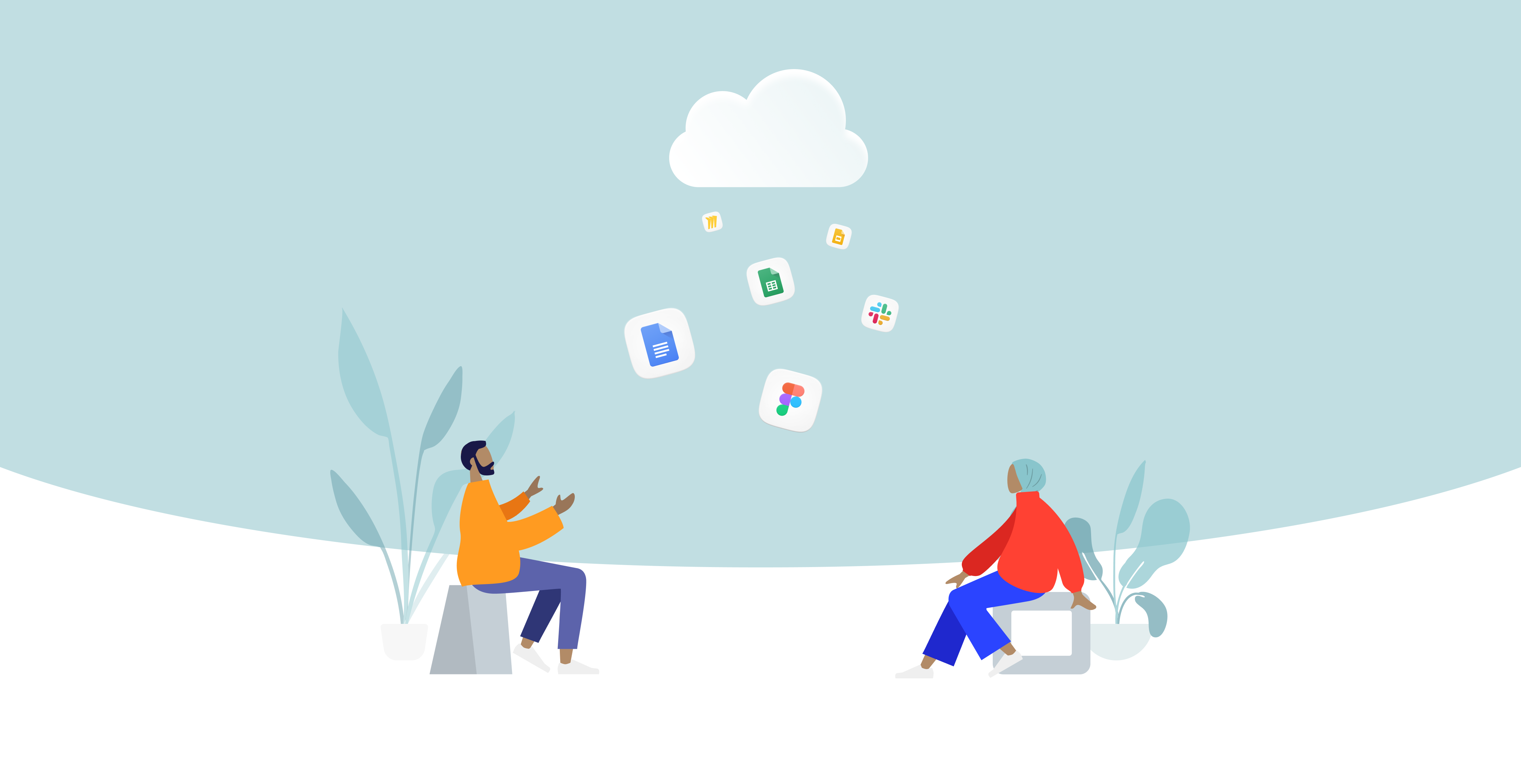
What Goodlord’s Product Design team learned about collaboration during lockdown
Collaboration was key in the move to remote working during lockdown, and Goodlord's Product Design team saw it as an opportunity to learn and improve, as Product Designer Emir Alili explains.
The last couple of years have been difficult for us all. The pandemic forced us to be away from the office and it caused disruptions. The focus quickly switched to how we can maintain our standards, and it was more important than ever to maintain that sense of camaraderie we once had. Now that there’s light at the end of the tunnel and we’re slowly getting back to normality, I want to take this opportunity to look back at what helped us during this challenging period.
Better to over-communicate than under
As a tech company, we’re fortunate that the tools we use every day to do our work help us to stay connected. And that hasn’t changed.
Communication has been a big factor in our success and during lockdown, we put even more emphasis on over-communicating.
Getting into the habit of having conversations in public channels on Slack, rather than pinging a private message to someone, has had a positive impact.
By sharing feedback or a comment in these public channels, you can have an open conversation, reaching a conclusion or getting to an answer quicker.
We’ve also set up calls where possible to resolve any issues promptly and work more efficiently. A five-minute call can clarify a point being made and avoid misunderstandings - and a lot of typing.
Screen recordings have also become really handy, where a call may not be possible. Apps like Loom make it easy to record your screen, to share a piece of work or feedback.
The power of the Cloud
As a company, we’ve relied on cloud computing for many years now. Sharing resources and information in an instant is hugely important to us.

Picture assembled using Humaaans by Pablo Stanley
We pride ourselves in storing documents that may be useful to us all, and the Google suite of products helps us to stay organised.
All it takes is a quick search in the web browser to find the file you’re looking for, and that helps us to move fast.
On top of that, Figma has been great in allowing us to work more collaboratively. The team made the switch to Figma from Sketch before the lockdown began, and it has not let us down.
We can all be in the same file at once and that has proven to be unbeatable. Updating libraries is a breeze and allowing your peers to share feedback on a design is instant.
A huge release from us during this time was the Goodlord Design System. It was created while working remote and has helped us build new features swiftly.
Something we love when collaborating in Figma is the simple yet powerful features it brings. Features such as observing the presenter and following their movement in real time.
Another similar tool is Miro. Miro has been great for discovery and design workshops.
With a clear agenda and careful planning, these apps have helped to replicate an in-person gathering seamlessly.
When life gives you lemons
It's no surprise that feedback plays a big part in how we shape the platform, and this can be received in a number of ways.
Where possible during this time, we set up unmoderated usability testing sessions using apps that people were becoming more familiar with.
Using Google Hangouts, we were able to get a sense of what our users were going through when using the platform on their own.
We would simply get participants to test a Figma prototype on a video call and answer a set of questions - all whilst sharing their screen and talking out loud.
The approach proved to be a time efficient way to receive feedback as there's no need for a facilitator to be present on the call, especially as the calls are recorded and stored in our shared Google drive.
Closing comments
The pandemic didn't slow us down in our pursuit of building the best renting experience in the world.
The apps mentioned above have allowed us to work closely with each other to a high standard. It’s important we’re always pulling in the same direction and doing so in a transparent way.
We continue to look at ways to improve collaboration and I’m excited for what the future holds.
Want to advance in your tech career? Check out the jobs we have available.
.jpg)